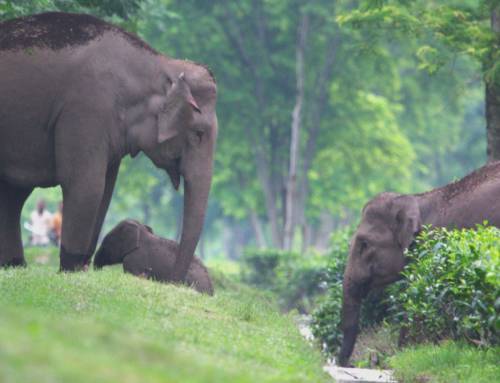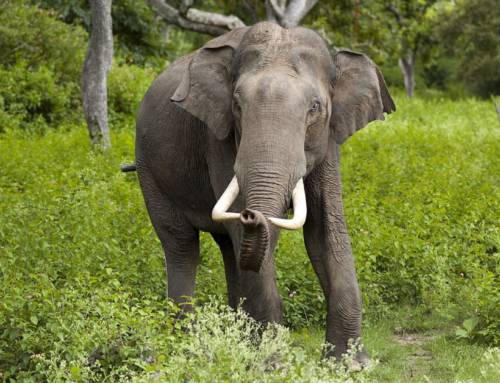Author: Abheeshta Rao
Key highlights:
- Wildlife habitats are becoming fragmented due to climate change and increased human activity. Connectivity between fragmented habitats is key to maintaining healthy wildlife populations.
- In this study, the movement of elephants was mapped between two forest patches in Meghalaya to assess and understand the impact of landscape use on habitat connectivity using dynamic occupancy modelling.
- Distance from the forest patch, human activity and ruggedness of the terrain were the important factors in determining the presence of elephants in corridors between the two forests. The study showed that the shortest corridors interspersed with community forests was the most viable corridor for animal movement.
- The study highlights the innovative application of the occupancy modelling technique in understanding factors affecting animal movement between habitat patches and its value in planning conservation initiatives in human dominated landscapes.
Terrestrial ecosystems that provide habitat to a plethora of wildlife exist in a delicate balance. Unplanned development and climate change have severely degraded these landscapes, resulting in disconnected patches of land. Most endangered animals known to us today are surviving in such fragmented habitats, often with limited access to food and other resources. Connectivity or the movement of wildlife between these fragmented habitat patches thus plays a critical role in the survival and evolution of species. Understanding the factors that affect connectivity of habitats can help us predict how wildlife could respond to changes in habitats, and plan for long term conservation.
In 2020, lead authors Dr. Divya Vasudev and Dr. Varun Goswami from Conservation Initiatives and the Centre for Wildlife Studies and Dr. Madan K Oli from University of Florida studied the movement of elephants between two protected forest patches in Meghalaya. The Balphakram and Baghmara forests are separated by community owned forests and agricultural land. The authors used to study the presence of elephants in the corridors between the two patches. Using the dynamic occupancy model the authors assessed connectivity between habitats and the impact of landscape on connectivity.
Published in the journal Biological Conservation, the study simulated data to determine 100 elephant corridors, and identify what factors affected connectivity between the two patches. The authors found that the animal movement in a grid depended on two factors- distance from the forest and ruggedness of the landscape. The presence of elephants reduced as the distance increased from the nearest forest, highlighting the need for shorter corridors between forest patches for successful movement of elephants. They also found that disturbance in corridors such as the presence of villages could negatively affect animal movement. Similarly, increased human activity around water bodies, especially in a relatively wetter landscape could also hamper connectivity between habitats.
With landscapes around the world undergoing fast and major transformations, it is more important now than before to understand what causes impediments to animal movement. It also becomes important to identify corridors that can maintain long term connectivity between fragmented landscapes. The non-invasive approach suggested in this paper can be valuable for estimating connectivity for a broad range of wildlife and landscapes.
Original article: Vasudev, D., Goswami, R. V., Madan, K. O. (2021). Detecting dispersal: A spatial dynamic occupancy model to reliably quantify connectivity across heterogeneous conservation landscapes. Biological Conservation 253 (2021) 108874. doi: https://doi.org/10.1016/j.biocon.2020.108874
You can find the link to the research article Here.




